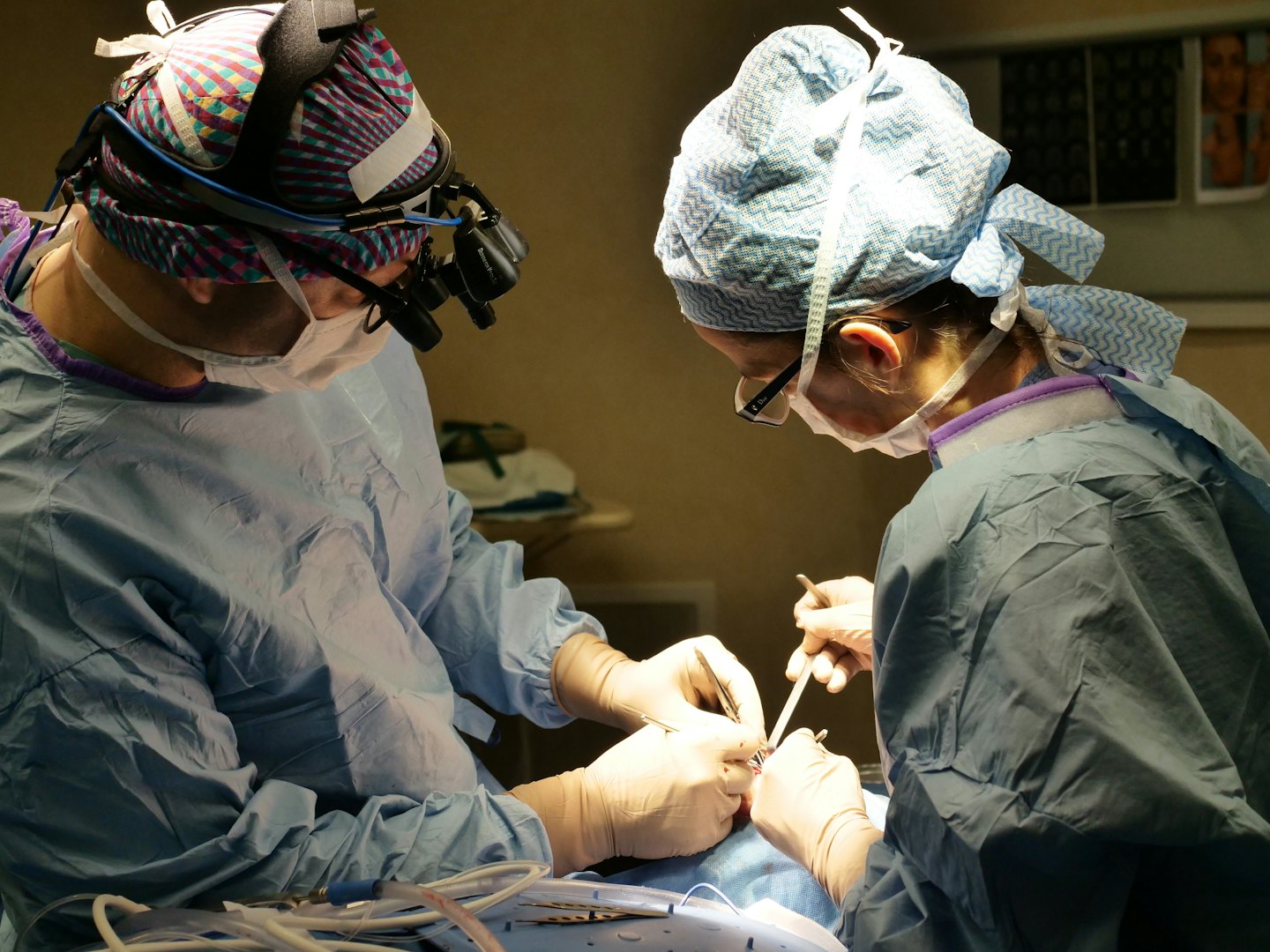Varicocele Evaluation at Southland Urology
A varicocele is an enlargement of the veins within the scrotum, the loose bag of skin holding the testicles. This condition is similar to a varicose vein that can occur in the leg, and it can sometimes lead to decreased sperm production and quality, potentially causing infertility or testicular shrinkage. While many varicoceles are harmless and require no treatment, others may cause pain or contribute to male infertility.

Advanced Treatments
Our expert surgeons use non-surgical and surgical management options for varicoceles.

Personalized Plans
We tailor your care to your unique diagnosis for optimal health and recovery.

Comprehensive Diagnostics
Accurate testing and evaluation.
Understanding Varicocele Evaluation
Learn about our tailored approach to diagnosing and treating varicoceles with compassionate support every step of the way.
Initial Consultation and Diagnosis
Meet with our board-certified urologists to assess your condition through thorough exams and advanced diagnostic tests.
Personalized Treatment Planning
Work closely with our specialists to develop a treatment strategy that fits your specific issue and goals.
Ongoing Care and Support
Receive expert follow-up care, monitoring, and support to ensure the best possible outcomes throughout your recovery.
Understanding Varicoceles
What Is a Varicocele?
A varicocele is an abnormal enlargement of the pampiniform plexus, the network of veins that drains the testicle. It is essentially a varicose vein of the scrotum. Varicoceles most commonly form in the left testicle due to the anatomical path of the testicular vein on that side. This condition can interfere with a man’s fertility by raising the temperature of the testicle, which can impair sperm production and function. While a varicocele is a common cause of low sperm production and decreased sperm quality, not all varicoceles affect fertility, and many go unnoticed.
Causes and Risk Factors
The exact cause of a varicocele is not fully known, but it is believed to be related to faulty valves in the veins that are meant to ensure blood flows efficiently from the testicles back to the heart. When these valves fail, blood can pool in the veins, causing them to swell. This pooling of blood can increase the temperature in the scrotum, which is detrimental to sperm production. A varicocele can form at any age, but it is most often found in males between 15 and 25.
Symptoms
Many men with a varicocele have no symptoms. When they do occur, symptoms may include a dull, aching pain or a feeling of heaviness in the scrotum. The pain may worsen when standing or with physical exertion and may improve when lying down. A varicocele is often described as feeling like a “bag of worms” in the scrotum, and it may be more noticeable when a man is standing or performing a physical strain, such as a Valsalva maneuver. It may also lead to a noticeable difference in testicular size or a palpable lump above the testicle.
Diagnosis
A varicocele is typically diagnosed through a physical examination. The doctor will examine the scrotum while the patient is standing, which makes the swollen veins more prominent. To confirm the diagnosis and assess its severity, a doctor may order a scrotal ultrasound. This non-invasive imaging test provides detailed pictures of the scrotal veins and can measure their size. If infertility is a concern, a semen analysis will also be performed to assess sperm count, motility, and quality.
Non-Surgical Management
For varicoceles that are not causing pain or infertility, no treatment is needed. In these cases, a “wait-and-see” approach is often recommended. If a varicocele is causing minor pain or discomfort, supportive measures like wearing briefs instead of boxers, or over-the-counter pain relievers, can be helpful. However, these measures do not address the underlying cause or improve fertility.
Surgical Treatment Options
If a varicocele is causing significant pain, testicular atrophy (shrinkage), or is a likely contributing factor to male infertility, surgical repair is a common and effective treatment. The two primary surgical methods are:
- Microsurgical Varicocelectomy: This is the most common procedure and is considered the gold standard. A surgeon makes a small incision in the groin and uses a high-powered microscope to identify and tie off the tiny veins that are causing the problem. This is a very precise procedure that minimizes damage to surrounding tissues.
- Laparoscopic Ligation: This is a minimally invasive procedure where the surgeon uses a laparoscope and instruments inserted through a few small incisions in the abdomen to locate and clip the problematic veins.
Non-Surgical Minimally Invasive Treatment
An alternative to surgery is percutaneous embolization. This procedure is performed by an interventional radiologist. A small catheter is inserted into a vein in the groin or neck, threaded into the varicocele, and then a coil or balloon is released to block the blood flow to the enlarged veins, causing them to shrink. This is a non-surgical option that allows for a quick recovery.

Schedule Your Consultation Today
Take the first step toward personalized varicocele evaluation with our expert team.
